The Pros and Cons of Virtual Staging in Real Estate
The real estate market once consisted of renters and buyers finding a clip in the newspaper and driving from property to property to decide where...
5 min read
 McKenna Hogan
:
Mar 12, 2020 8:30:00 AM
McKenna Hogan
:
Mar 12, 2020 8:30:00 AM
.jpg)
Virtual staging may be gaining interest within the real estate industry, but this digital tool, for some reason, is still working hard to prove its worth.
Whether it’s the age old “traditional vs. modern” debacle in regards to effective property marketing, or simply a lack of information, many businesses have yet to experience this high-impact technology.
We hear your concerns - which is why we will answer the question: “does virtual staging work?” and cover everything you need to know about this convenient alternative to traditional staging.
Staging in general should be considered an absolute must for modern day real estate marketing.
Not only does it create a memorable impression on prospects, but statistics show that the value of a property actually increases when you stage it.
According to realtors, consumers are willing to offer more money for a home that’s staged as opposed to one that isn’t. Empty rooms can feel cold and plain, but staged rooms or units offer an upscale look at someone's future home. Additionally, staged homes spend, on average, 73% less time on the market - we call that a win-win.
Suffice to say that renters and home buyers overwhelmingly prefer seeing a staged space during their home search.
Virtual staging services, being a more budget-friendly and convenient alternative, actually reap all of these benefits, but for half the hassle.
Staging a model unit, on average, can cost anywhere from $7,000-30,000 (yes, really that much - see why here). And that cost doesn’t include any consultation or upkeep fees.
And not every community has an extra model unit to stage, which means sacrificing one that could've been leased out.
Virtual staging, however, averages a price range of $75-300 per image (reducing the cost by up to 97%), and all that’s required is a high-quality photograph and a skilled 3D rendering artist.
.jpg?width=2000&name=Nick%20of%20fifth_poi_007_D1_cam1%20(1).jpg)
So circling back to said benefits, if a property sells for more money when staged, and virtual staging cuts costs significantly, that’s a pretty outstanding return on investment, no?
And the likelihood that consumers react positively to businesses that leverage this tool should make deciding on this purchase fairly easy.
The digital home search has been on a steady incline over the past decade - in fact, as of this year, research shows that 85% of the consumer’s experience with a company includes zero human interaction.
And thanks to 2019s NMHC OPTECH Conference, we learned that 14% of people would rent without seeing an apartment in person.
But that’s not all.
In 2017, 35% of home buyers bid on homes sight unseen, while 45% of millennials made an offer on a home without ever visiting.
What we’re seeing is an overwhelming reliance on technology as well as a huge shift in renting trends - and it’s only estimated to increase.
Well, with technology becoming so advanced and so sought after, having some type of digital content -especially the kind that helps with decision making- will outrank almost all traditional marketing strategies.
That being said, the only real advantage traditional staging has over virtual is the ability to give an in-person tour. But if human interaction during the home search is becoming so obsolete, then what real advantage is there to actually staging a model unit?
To add onto that, a recent National Multifamily Housing council renter preferences survey shows that 80% of apartment residents say they visited a property website before renting, and more than 33% of today’s renters only visit one property before signing a lease.
This tells us that a majority of renters have already made a decision based on online content before even visiting a property - which makes digital marketing tools not only important, but key players in the conversion process.
Finally, virtual staging has the ability to show consumers empty and staged units, which makes them super informative and helpful to the visualization process.
If there’s one thing consumers are looking for in a company, it’s unique and personable experiences.
Regional VP at Sunrise Management, Shane Robinson states that “today’s residents are looking for convenience in addition to lifestyle, and operators will need to keep up with ever evolving technology to meet these expectations.”
Luckily, virtual staging services provide both.
Because this tool is customizable, there’s a lot of room for creativity and high-impact targeting.
This allows businesses to utilize consumer demographics to appeal to their targets needs and lifestyle - with absolutely no price restraints.
Even better, as long as you have a high-quality photograph to use, a 3D artist can create multiple different virtually staged scenes so that your property isn’t limited to just one image.
Can traditional staging do that?
As stated, consumers respond very positively to a staged space. Even more so when they feel as if they can connect to it - which means leveraging this opportunity will without a doubt help your community stand out no matter what class property you are.
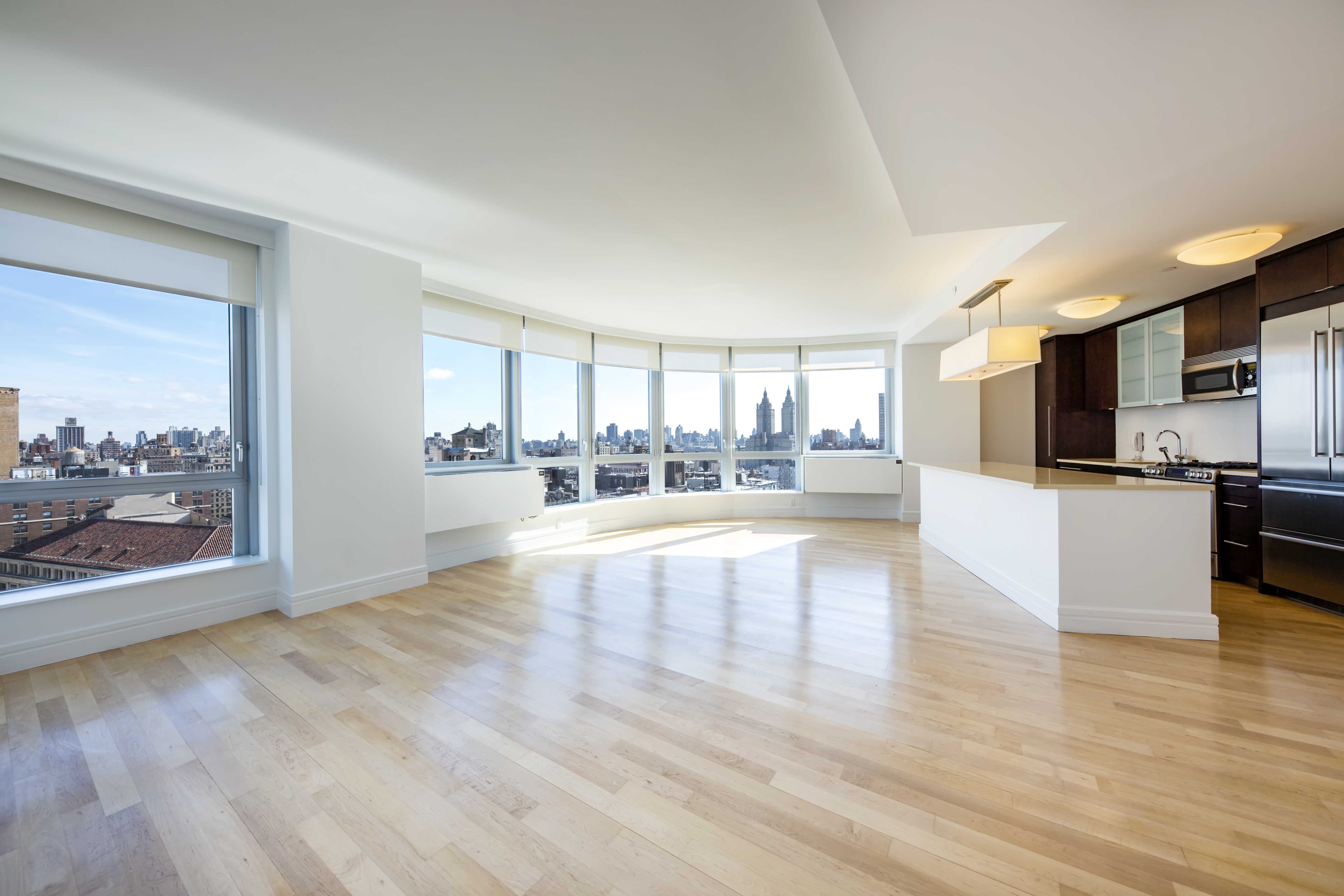
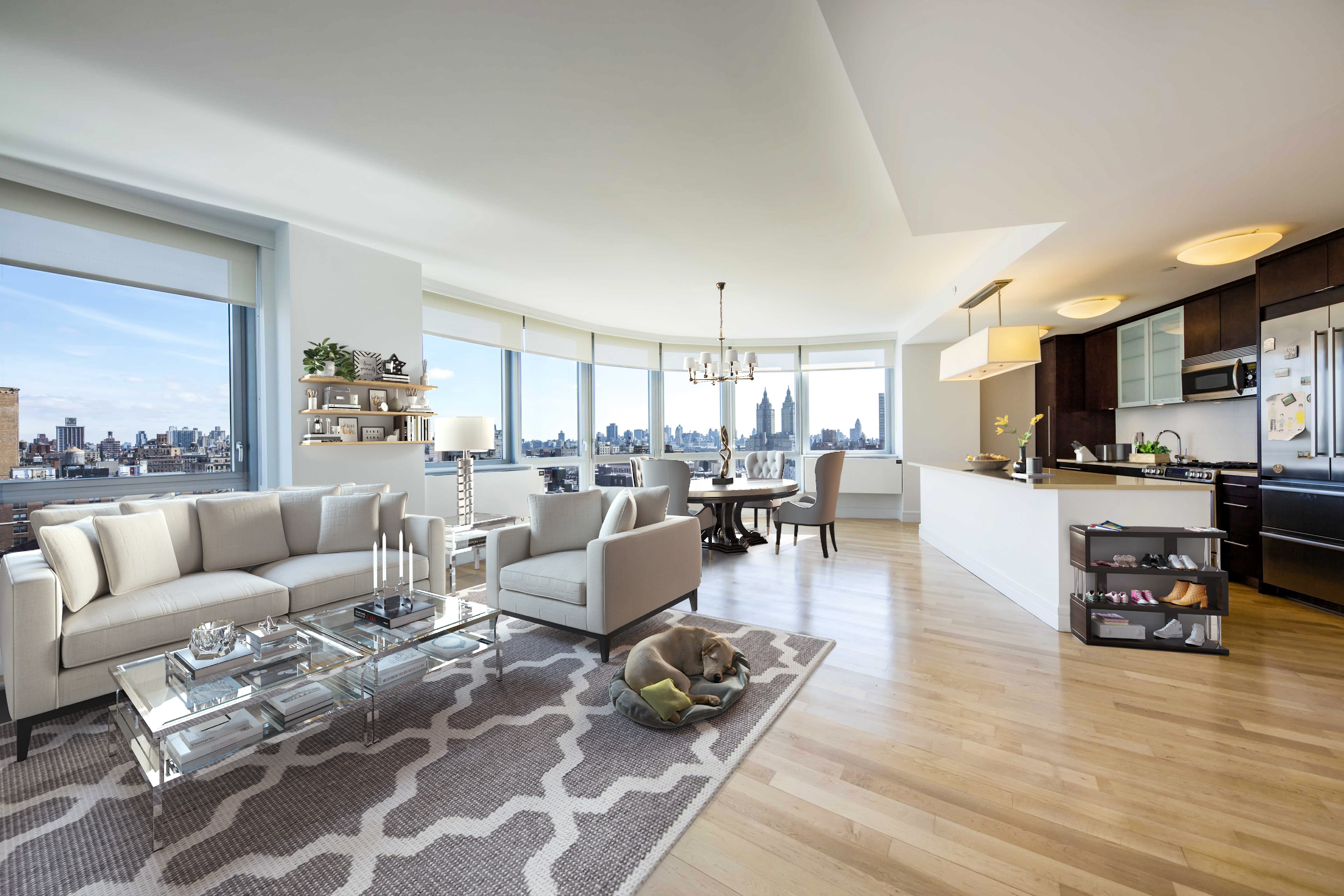
.png?width=5760&name=The%20Corner%202%20After%20(1).png)
The most impressive part about virtual staging is the fact that literally any industry can benefit from it.
Don’t believe us? Below are just a few industries LCP360 has worked with in the past, proving that yes - virtual staging can work.
Virtual staging for student living can be extremely beneficial to future students.
Because many students don’t actually live on or around campus, they face an obstacle when searching for a community from a distance.
Virtual staging makes this process easier by demonstrating what certain spaces within a unit would look like with furniture in them, making it easier for prospects to not only visualize themselves living there, but planning potential layouts as well.
Taking it a step further, this student living virtual staging example from CoLab shows our slider bar option that allows prospects to switch from unstaged to staged for the ultimate home search experience.
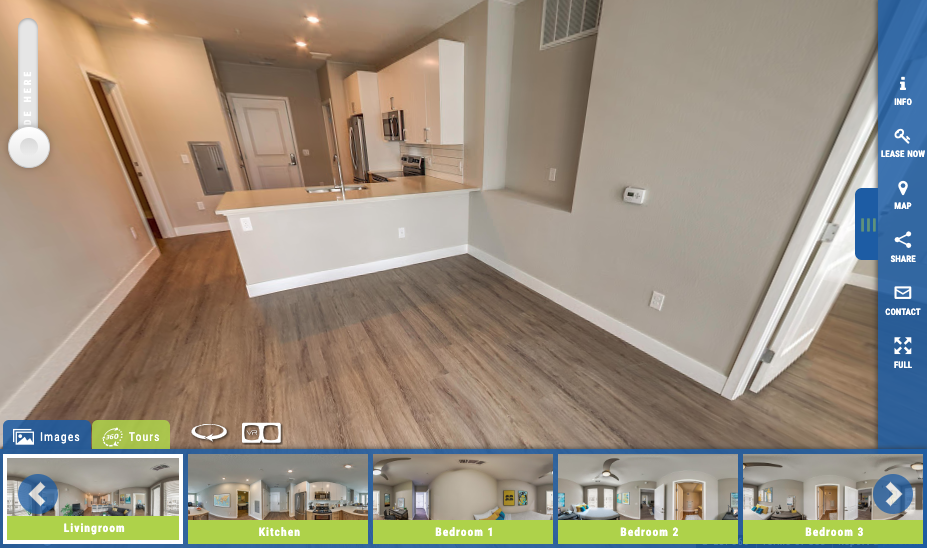
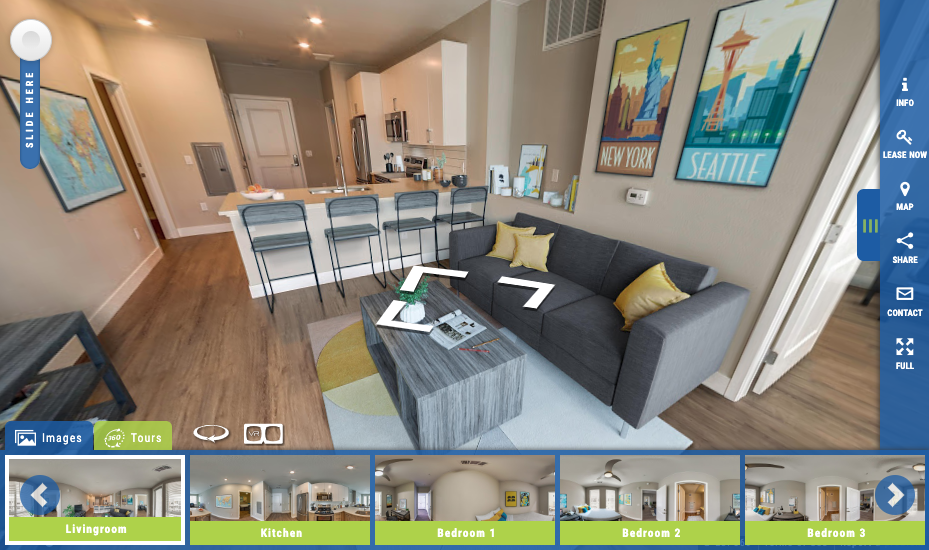
Commercial real estate, whether it be retail, storage facilities, restaurants, etc., can be surprisingly effective in informing prospects.
Often times CRE properties on the market are completely empty spaces, which leaves little room to visualize a business being set up there.
While in-person tours may be beneficial, there’s no way of telling whether or not your product or service will fit a property without actually seeing stuff occupying it.
Take this example of a virtually staged airport distribution center, for instance. Also leveraging the slider bar, prospects now have a better idea of the dimensions and capacity of a space without even visiting it.
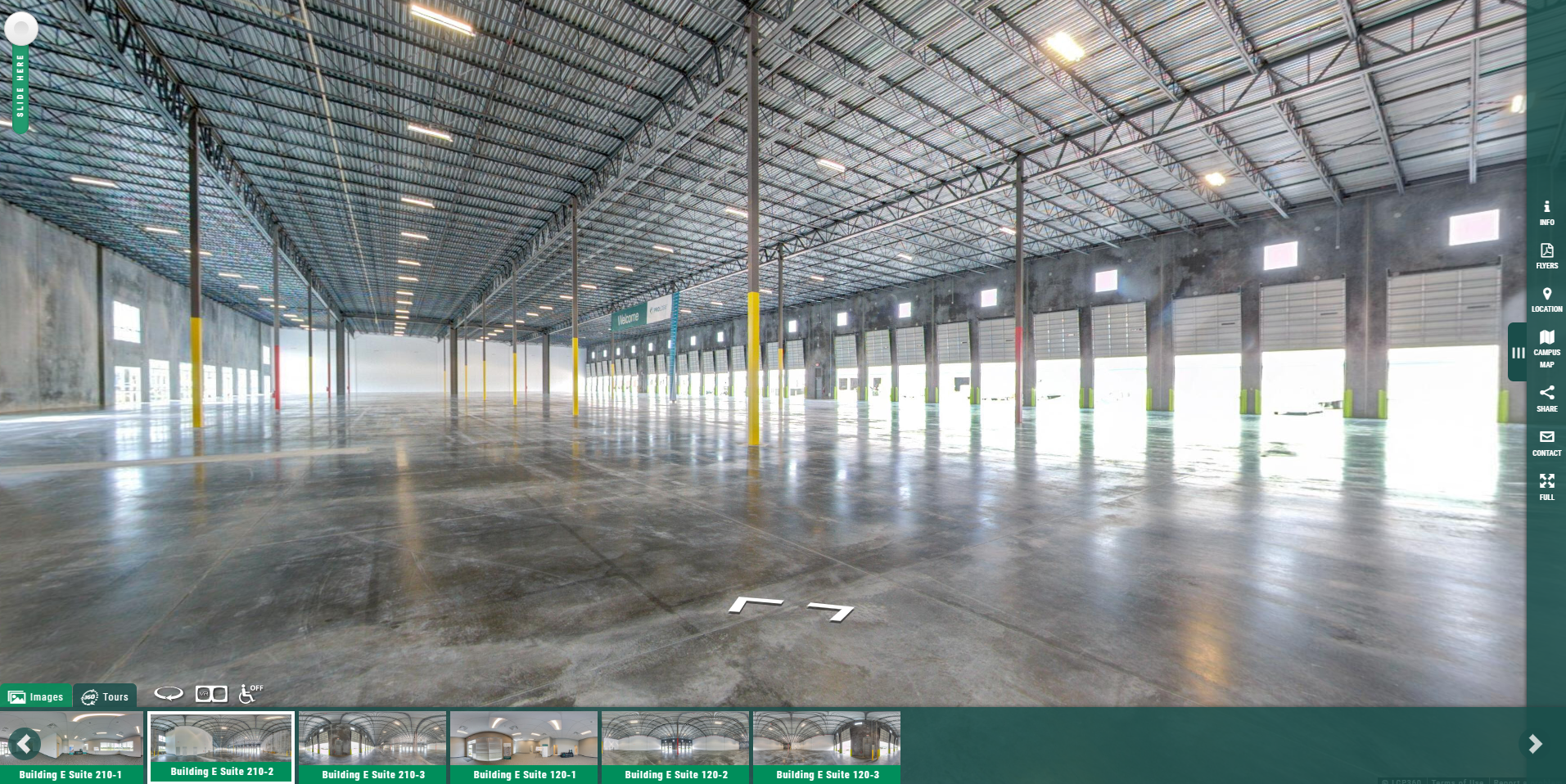
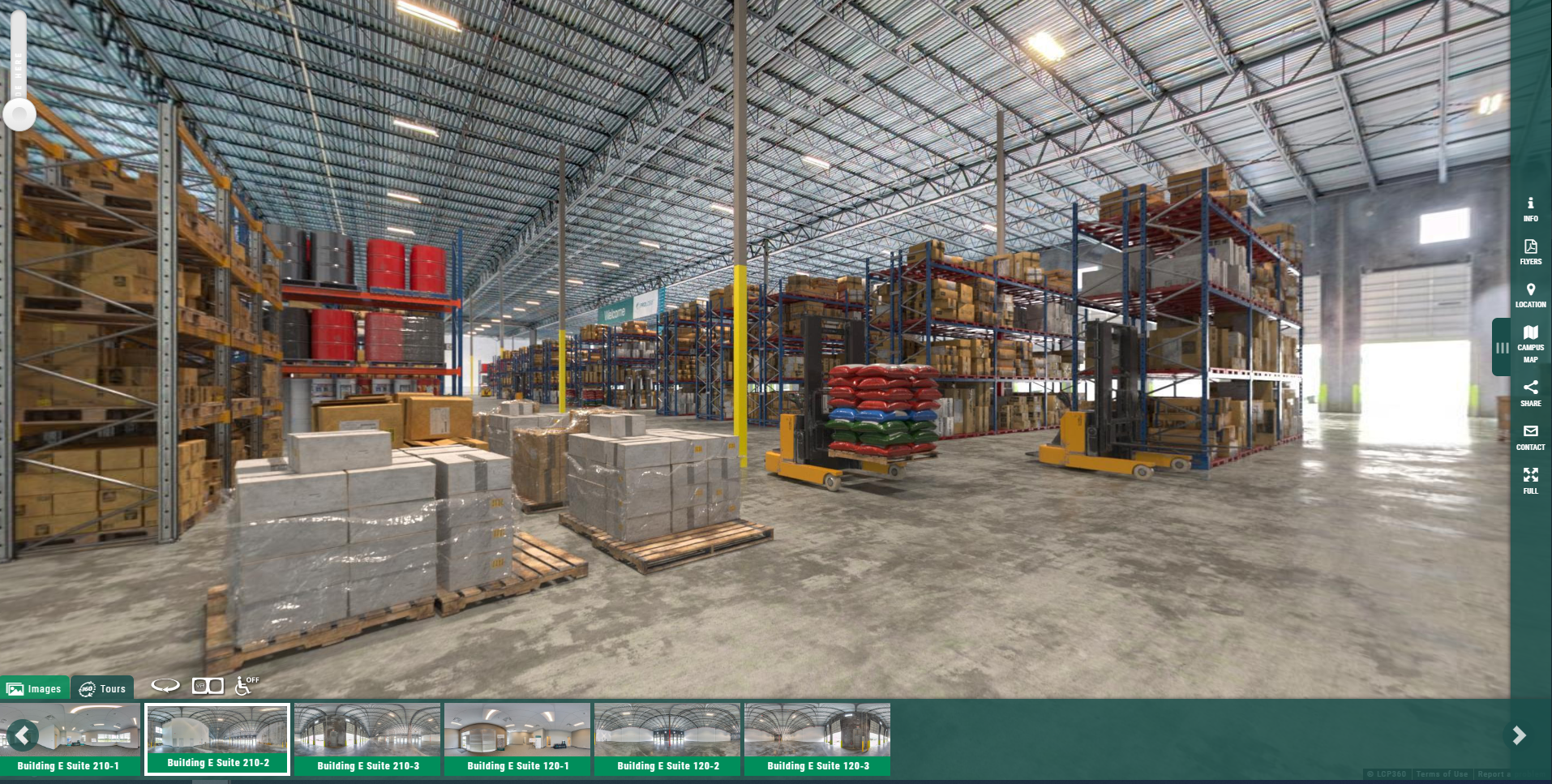
Virtual staging services for senior living may be the most essential compared to other industries.
In regards to one specific type of living, memory care, virtual staging can be extremely beneficial to residents and their families.
Memory care is strictly for individuals who suffer from Alzheimer’s or dementia and require full-term care 24/7. Often times, these communities are tight on availability, and residents will frequently remove items from model units.
Virtually staging a unit would not only eliminate the need for a model unit -adding an extra vacancy- but it would ensure a space is completely staged with no missing furniture or decor.
In addition, it could save seniors and their families an exhausting trip to visit your community, making it a convenient option for everyone.
Probably what most people visualize when they hear virtual staging, apartment communities reap all of the benefits by leveraging this content.
What most people don’t know, however, is that luxury apartments aren’t the only ones that can get into this tool.
As we now know, virtual staging is extremely budget friendly - which means communities of class A, B, C, and everything in between have the ability to leverage through marketing.
In fact, lower budget communities would probably benefit the most from virtual staging services.
Virtual staging statistics show us that ROI of 586% for traditional staging, which actually increases with virtual staging due to overall price cuts - that means the value and price of these properties can receive a much needed boost.
Although LCP360 has yet to create virtual staging for hospitality, it’s important to note that this industry has just as much potential to benefit from it.
When thinking of businesses within hospitality such as event spaces and venues, it’s hard to imagine planning out a space when all you’re working with is an empty room.
Similar to commercial real estate, hospitality doesn’t typically provide any type of “staging,” so the layout, dimensions, and mere size of a space can be pretty difficult to gauge - which is why a completely digital image with furniture and decor can be extremely helpful when planning for, let’s say, a wedding reception.
So, back to this age-old question: does virtual staging really work? When it comes to virtual staging vs. traditional staging, they each yield the same outstanding results in regards to building consumer interest. So when comparing the two, the question shouldn’t be “does it work,” it should be “does it work for my business.”
There’s no question that this 3D content is an effective marketing tool. However, every property is different, which means their marketing should be, too. With that being said, if you’re looking for a convenient, budget friendly, and highly targeted way to up your marketing strategy in 2020, virtual staging is the tool for you.
_final.jpg)
The real estate market once consisted of renters and buyers finding a clip in the newspaper and driving from property to property to decide where...

In the competitive world of multifamily real estate, making a lasting impression on potential residents is crucial. Visual appeal is a critical...
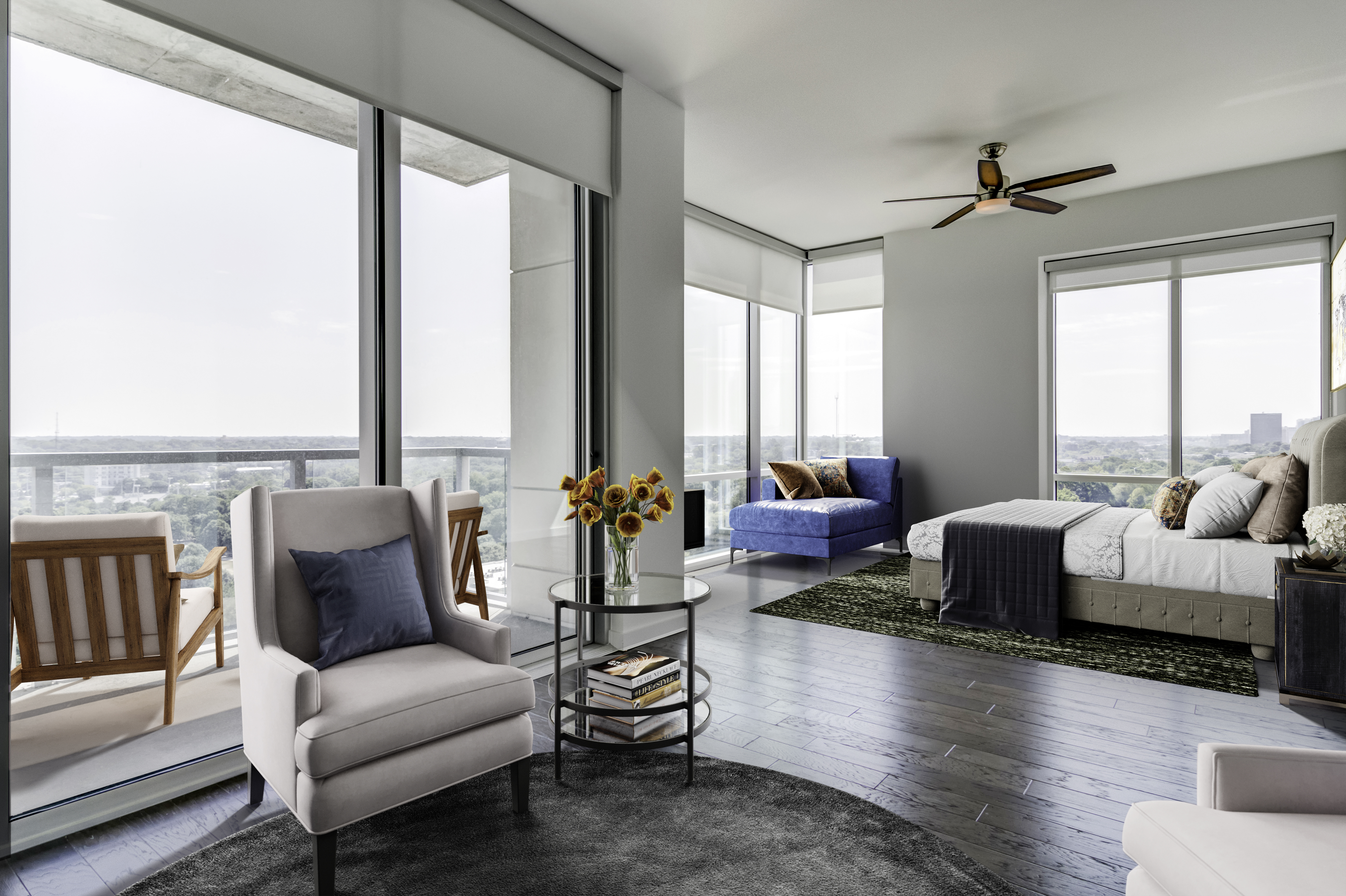
Here we present the agelong question in real estate: which is better when staging an apartment home? Home staging or virtual staging for apartment...